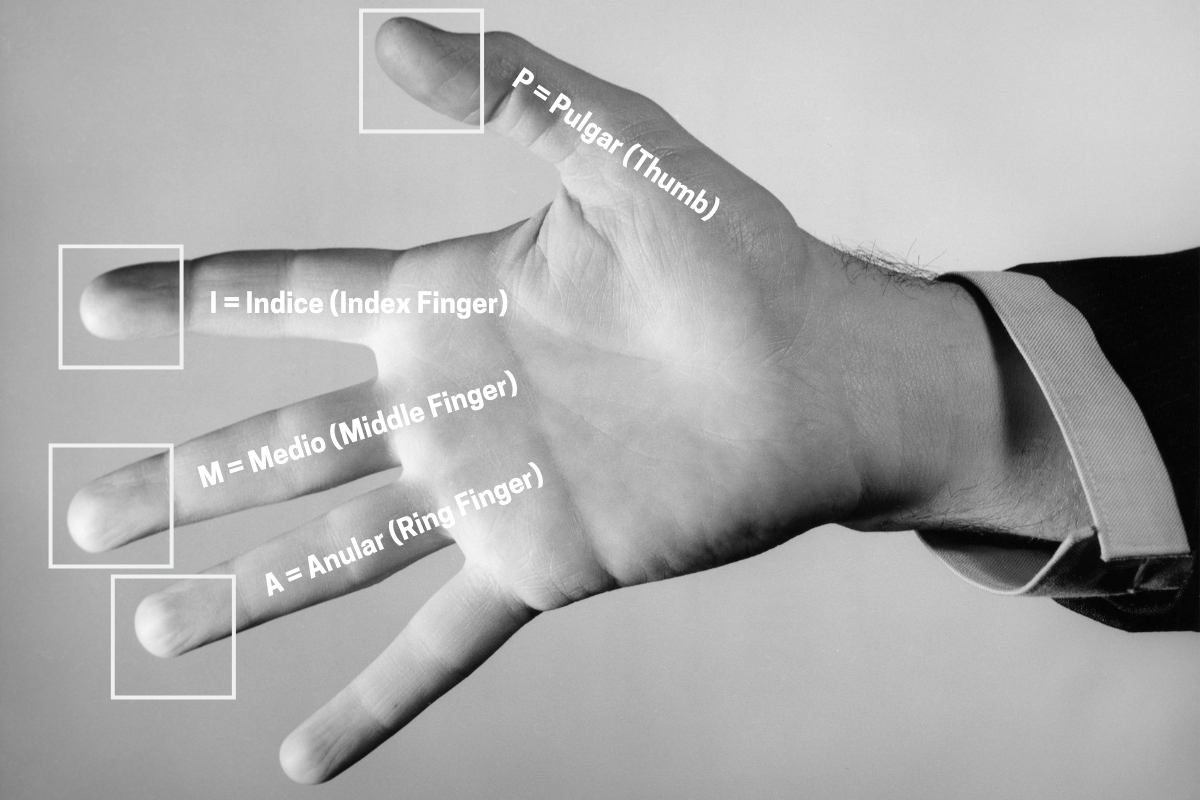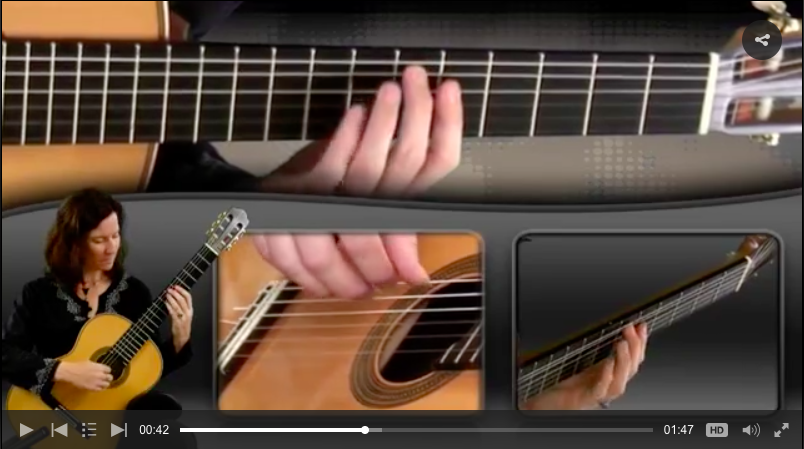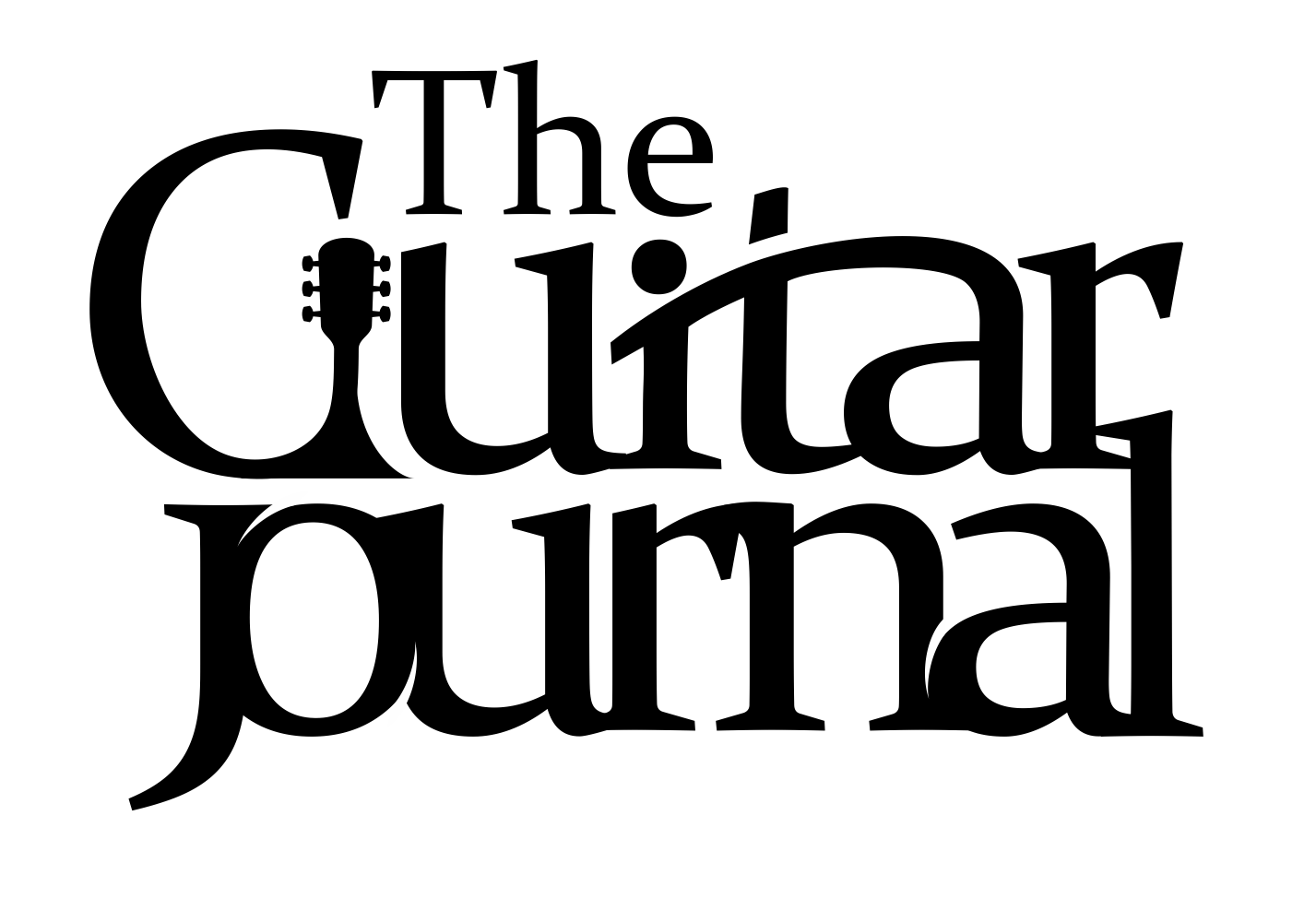What is PIMA?
If you're learning fingerstyle guitar, you have probably run into the term "PIMA". Especially if you're using properly notated music to learn songs (whether classical or contemporary). So what is PIMA?
What Is PIMA?
Since fingerstyle guitar requires that you use the fingers on your strumming hand instead of a pick, publishers need a way to notate which finger plucks which note. The letters P-I-M-A are used to indicate which plucking finger to use.
PIMA Comes From Classical Music
PIMA comes from the classical guitar world. It is an acronym for four Spanish words for your fingers:

P = pulgar (thumb)
I = indice (index finger)
M = medio (middle finger)
A = anular (ring finger)
Side-note: The Spanish names are used because the great classical guitarists and influential early composers were primarily Spanish in origin.
Using the PIMA acronym would look like this:
- If you're reading tab or sheet music and see a "P" above the note, then you play that note with your thumb of your strumming hand (your right hand, for most of us right-handed folks).
- If you see an "M" over a note, you play that with your middle finger.
The PIMA system is helpful because the letters easily are distinguished from the numbering system often used to distinguish which of your fretting fingers to use on a given note.
Is The Pinky Used?
You may be wondering about how the pinky is used? Well, in fingerstyle, it often isn't used for picking. Instead, any players use their pinky to anchor their plucking hand on the soundboard. This allows their hand to float over the strings with more precision and control.
Advanced classical compositions may use the pinky. If they do, the letter "C" or "E" is used.
Using PIMA for Picking Patterns
If you want to get familiar with PIMA, particularly to learn fingerpicking patterns, there's a few courses worth checking out:

Susan Mazer's Hands-On Guitar: The Beginner's Guide
"Whether you wish to learn acoustic or electric guitar, Susan's engaging curriculum coupled with TrueFire's interactive video format accelerates the learning process and making your practice sessions so addictive that you'll have trouble putting your guitar down to go to sleep at night."

Classical Guitar With Pamela Goldsmith
"The origins of the classical guitar date back to the fifteenth century. The vihuela, lute, and baroque guitar are the early predecessors of the guitar. With its origins reaching deep into the past, the classical guitar repertoire spans over five hundred years worth of material. Pamela Goldsmith explains the techniques necessary to mastering this timeless art form.
Pamela Goldsmith starts with the basics of classical guitar and moves on to teach some timeless pieces. She will cover proper technique, classical theory and other important concepts."

